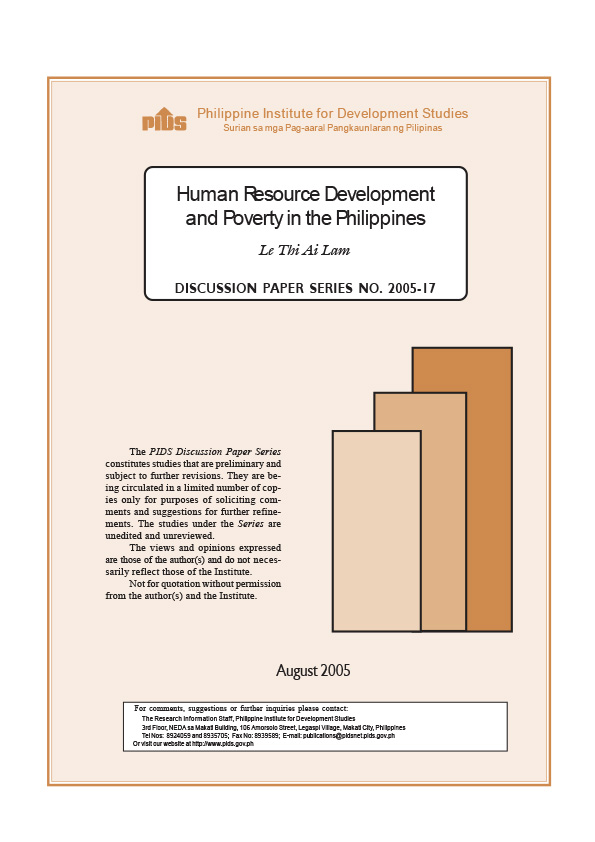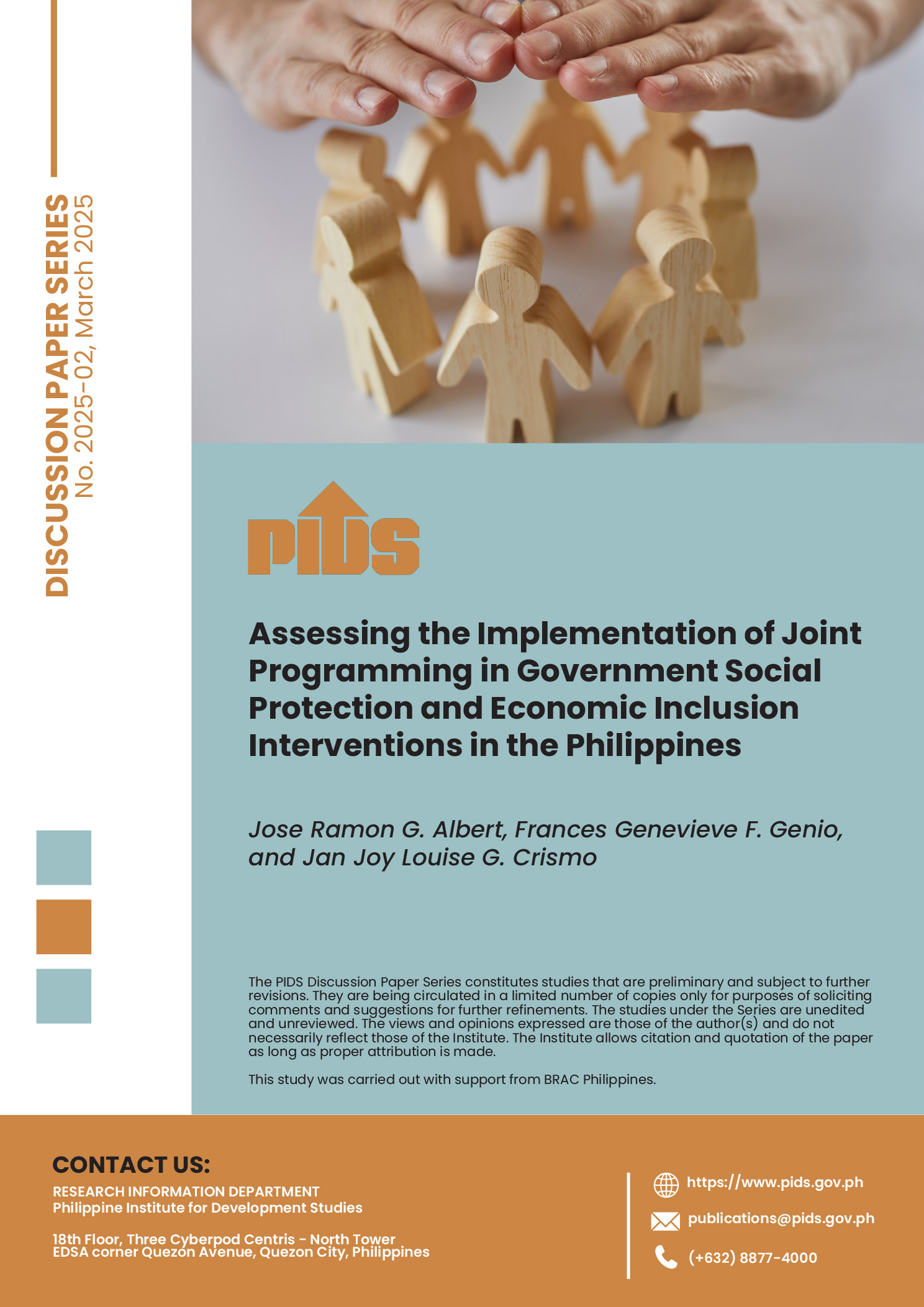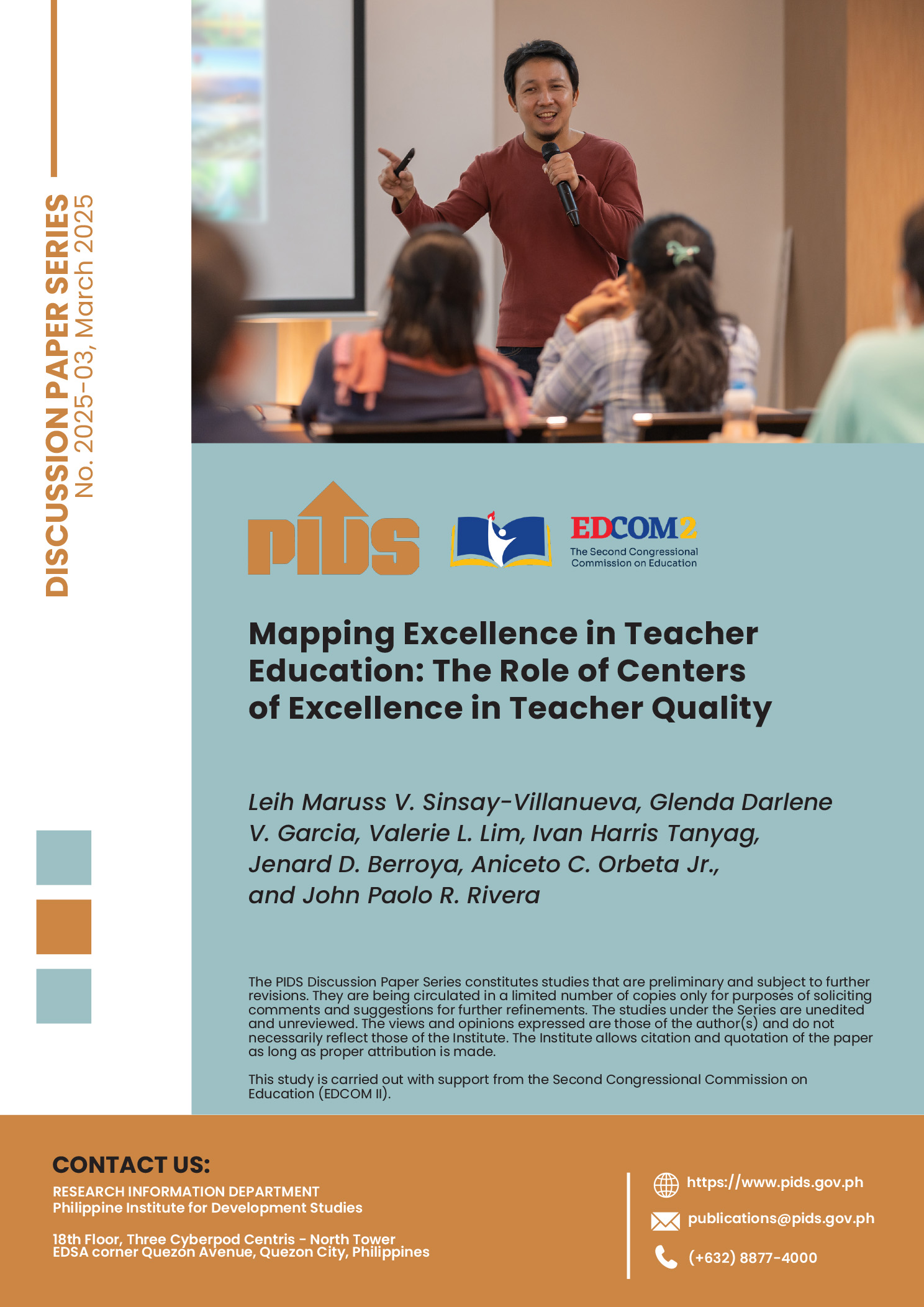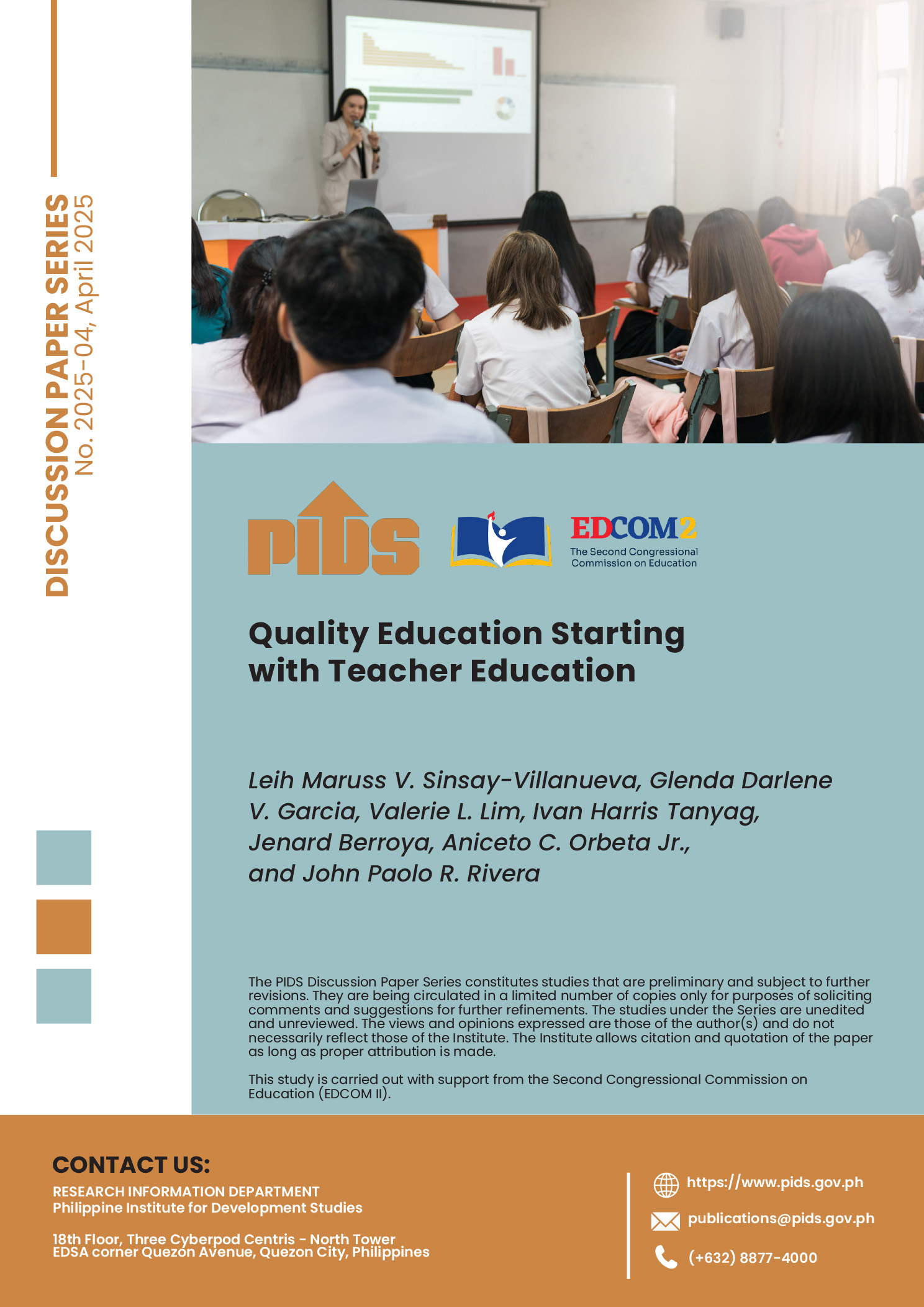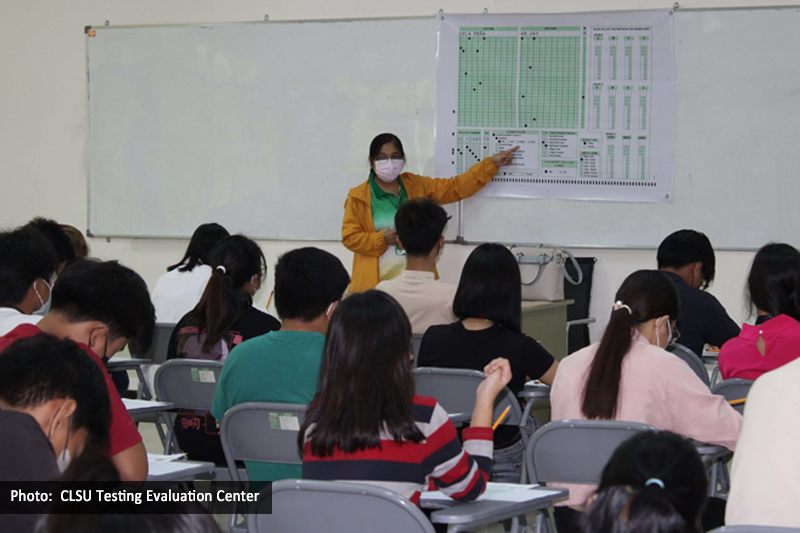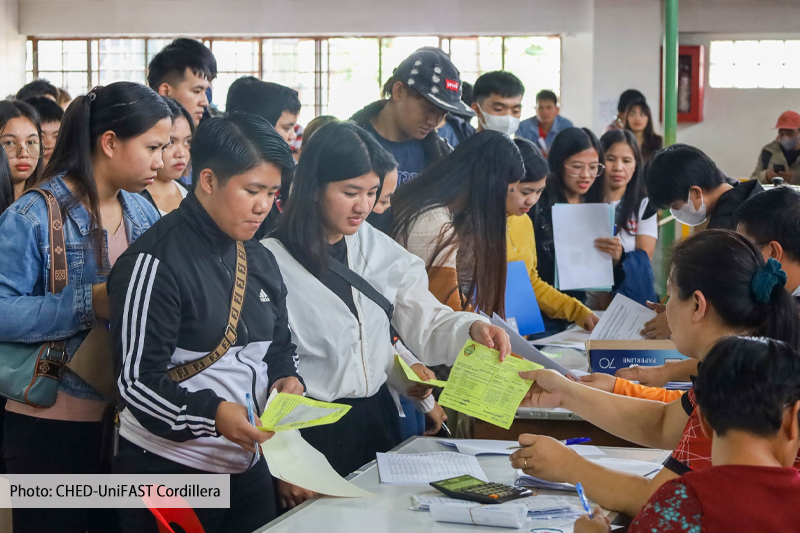In the last twenty years, the Philippines has gained a good progress in poverty reduction. However, compared to other countries in the region, the Philippines is still behind. In the early years of the 21st century, more than a third of the Philippine population lives below the poverty line. With landless status, the poor depended largely on labor with its embedded educational capital. However, in education, the rich and the poor are separated by two different educational divisions--private and public--and of high quality and low-quality education. Poor children encounter lack of access to quality education due to a high dropping out rate at an early age and going to public schools that offer low quality education. The lack of access to quality education has affected the poor more severely when there was poor job generation, relative deterioration of unskilled labor situation, and low rate of return on education at basic levels. The poor faced high rate of underemployment and low income. The government is aware of the educational lack of the poor, but there are a number of factors that prevent the poor having access to quality education. To an extent, government spending policies on education was not geared toward pro-poor. Furthermore, opportunity costs and their unfavorable outcomes in labor markets prevent further improvements of early and high dropout rate of the poor as a result of weaknesses in policy implementation.
Citations
This publication has been cited 2 times
- de la Cruz, Jovee Marie. 2021. Congress OKs bill naming Bulacan as ‘talent’ capital of PHL. BusinessMirror.
- Robes, Florida. 2019. House Bill 2378: An act declaring the City of San Jose Del Monte in the Province of Bulacan as human resource capital. House of Representatives.

